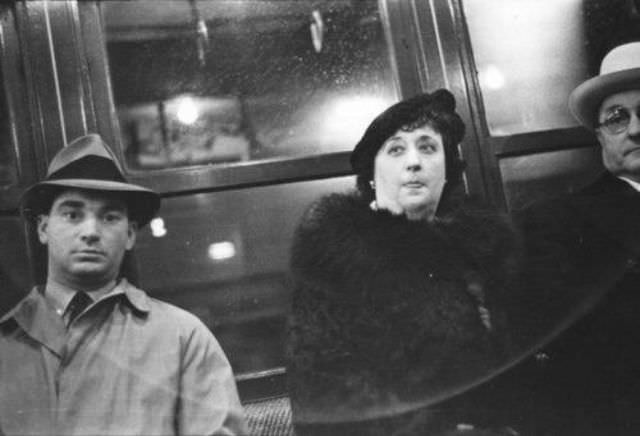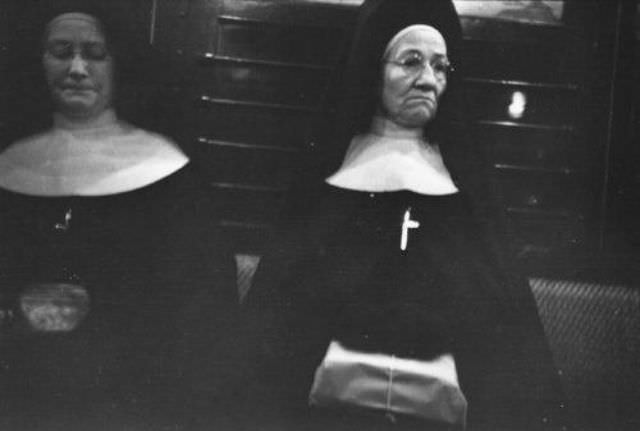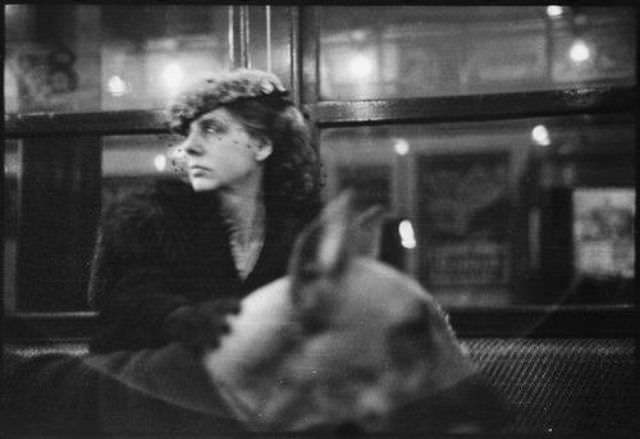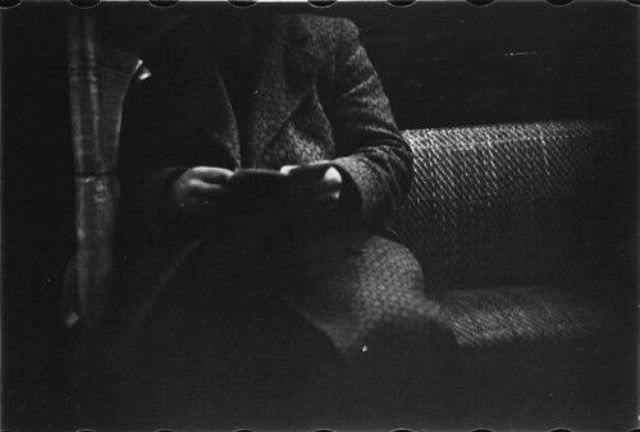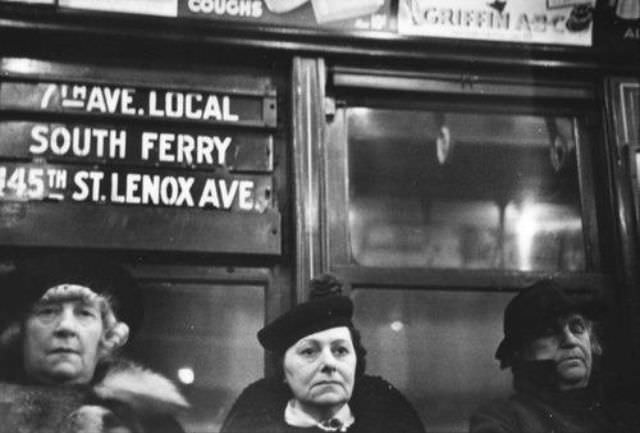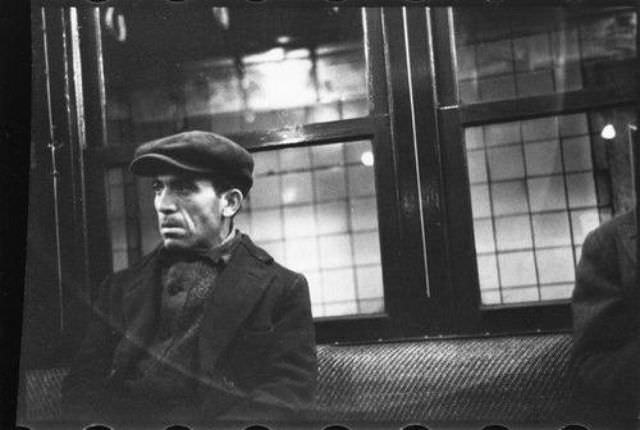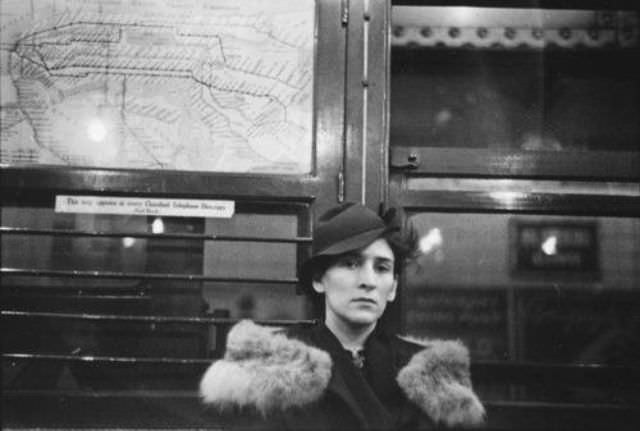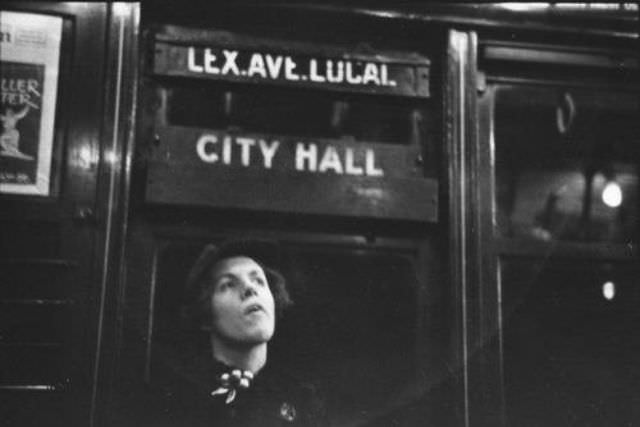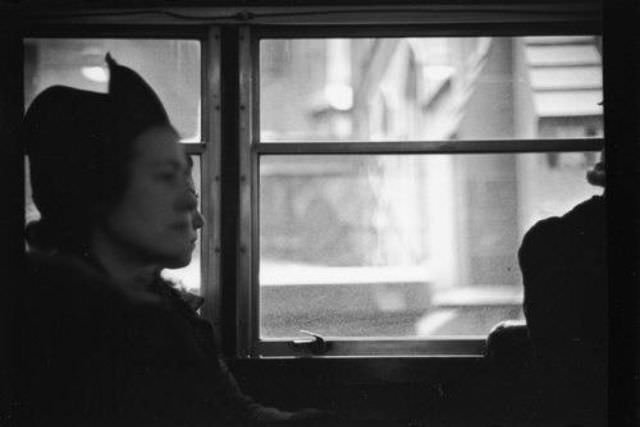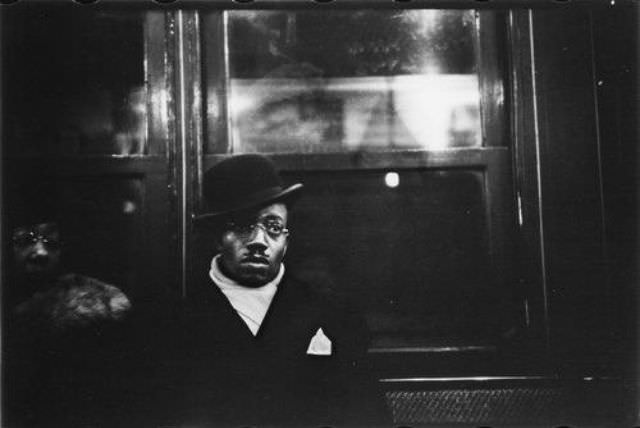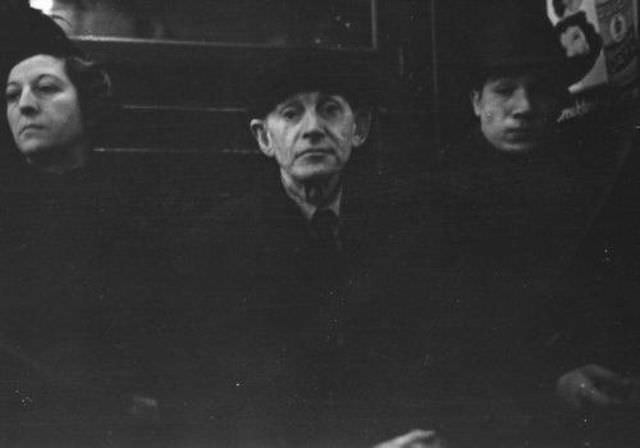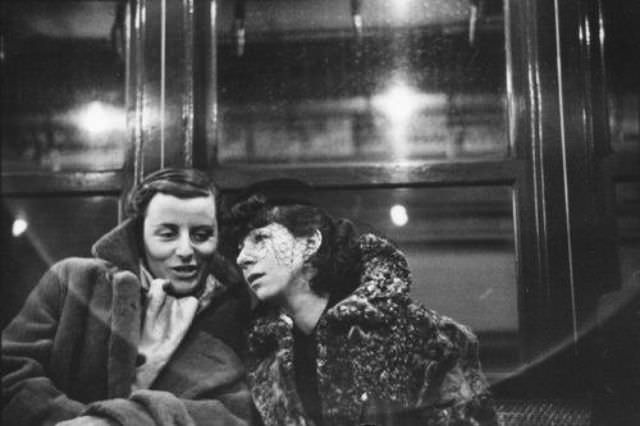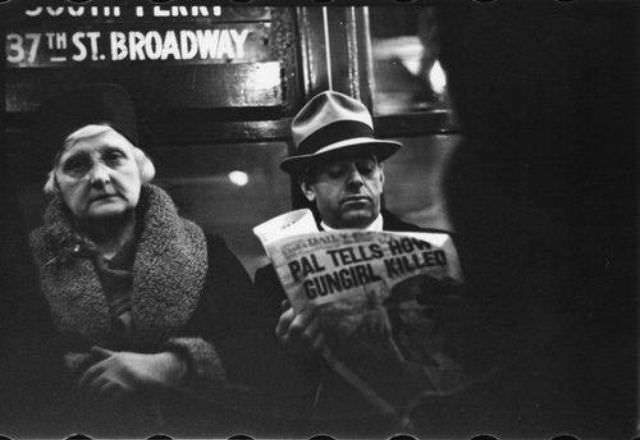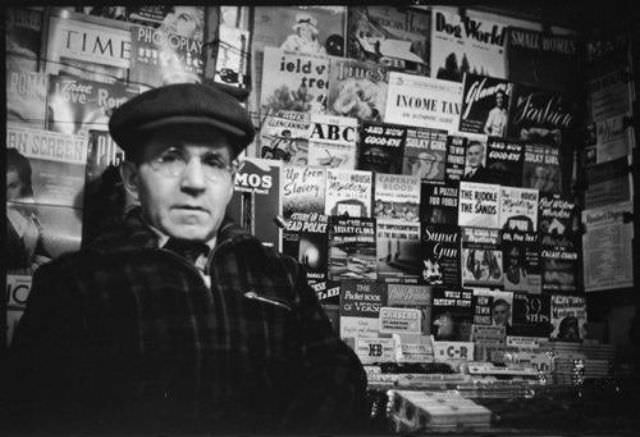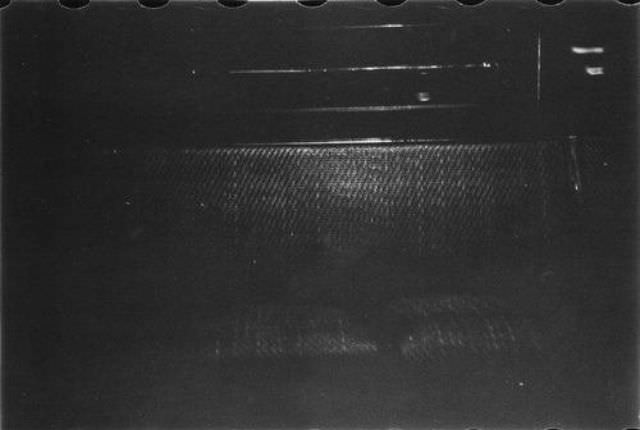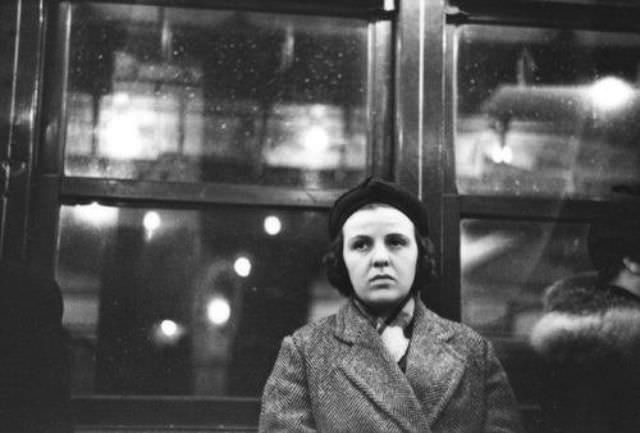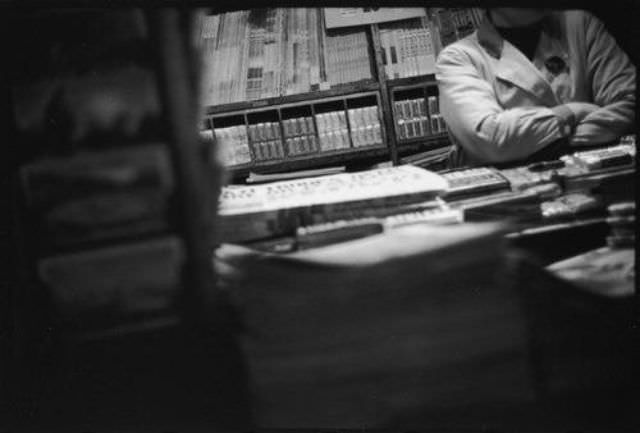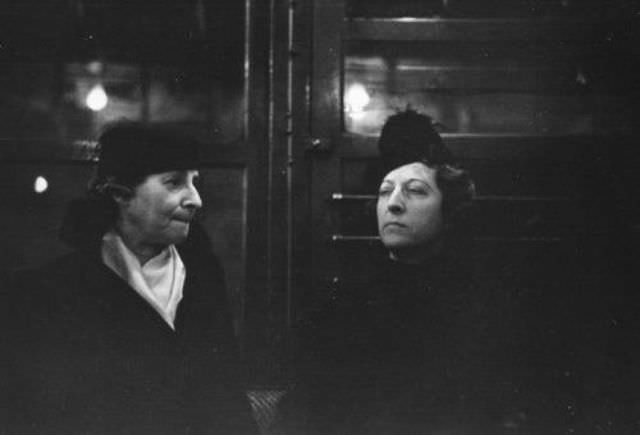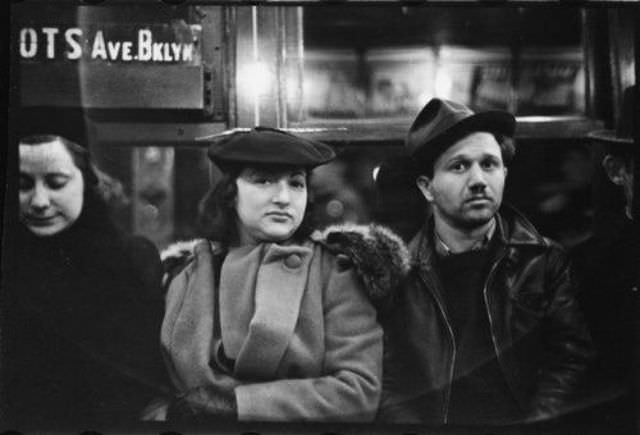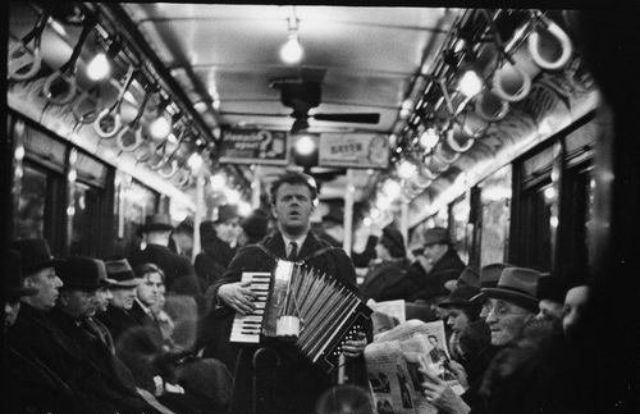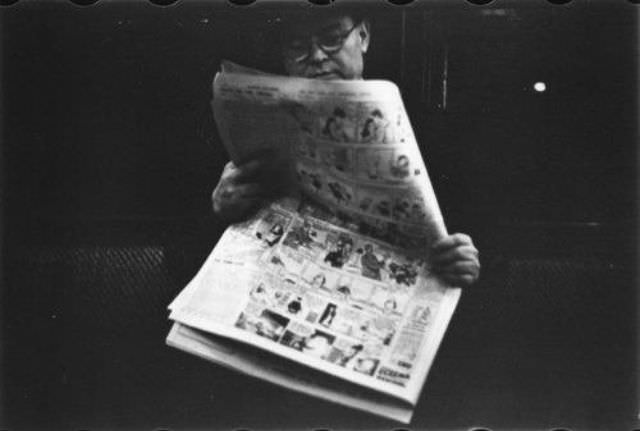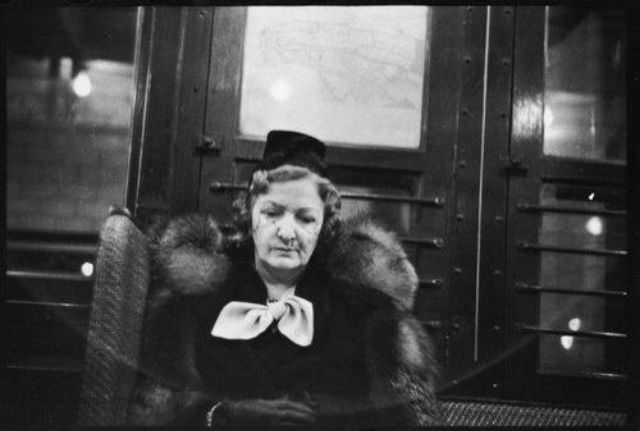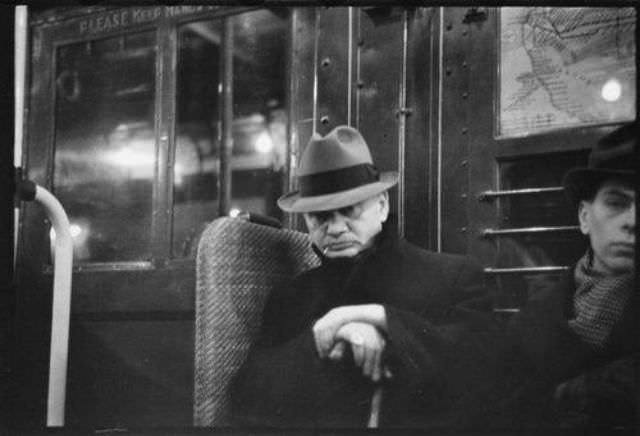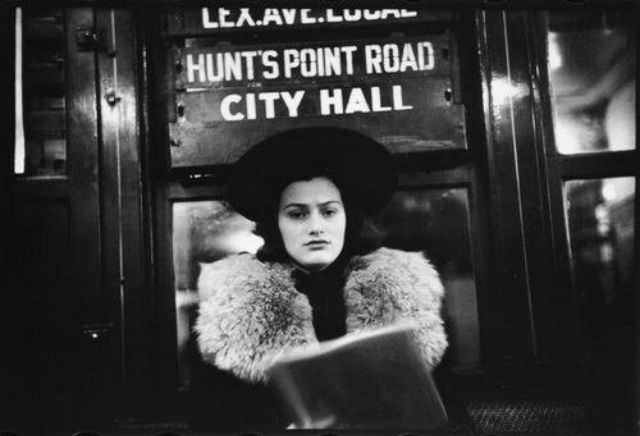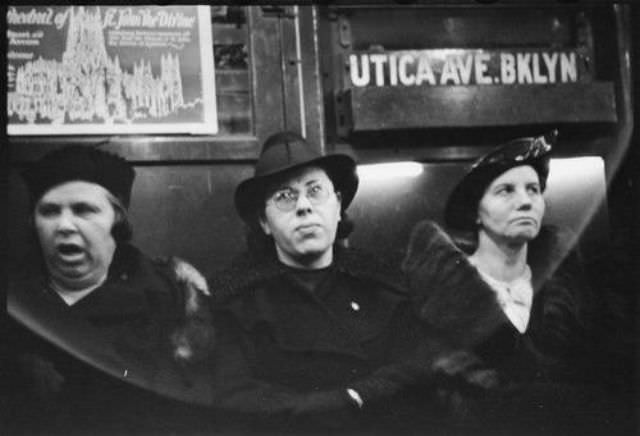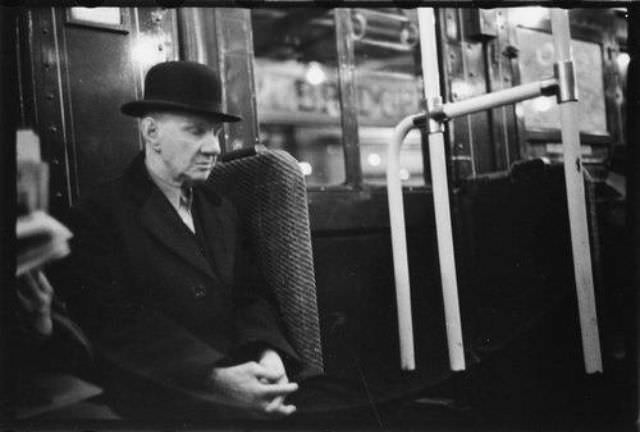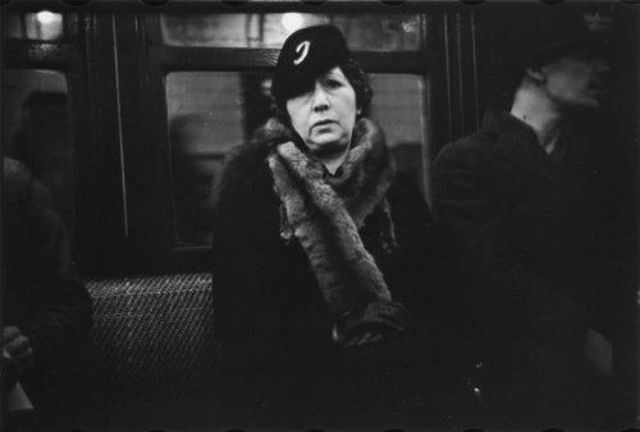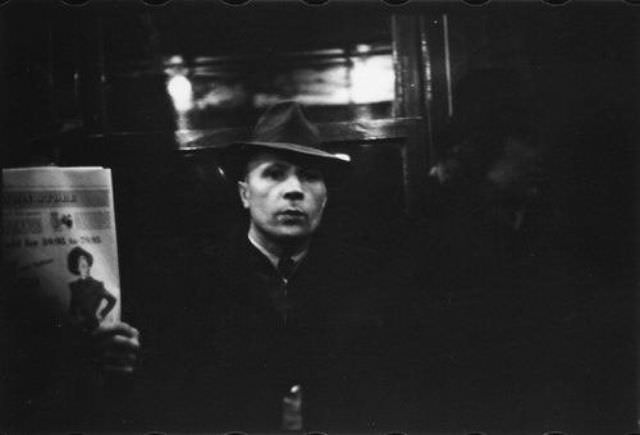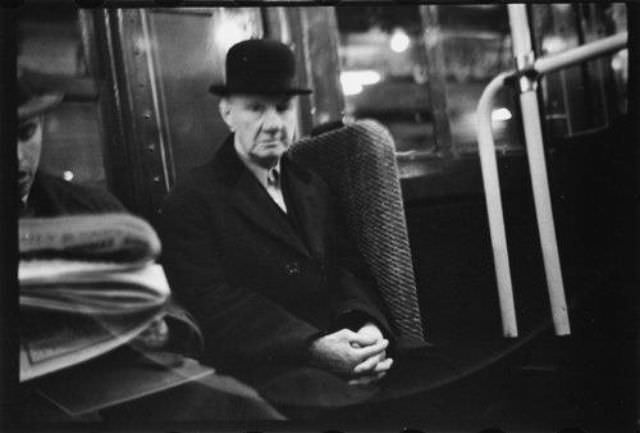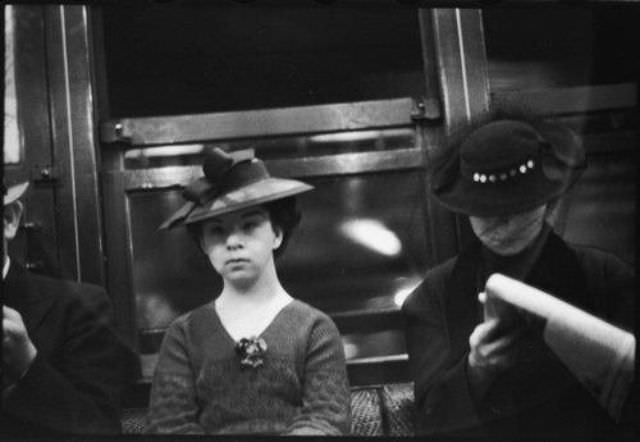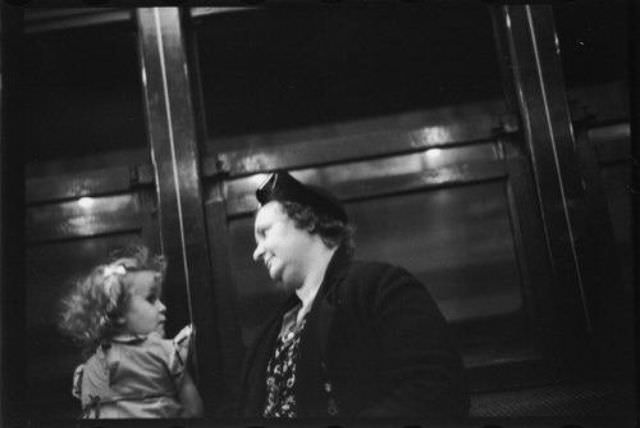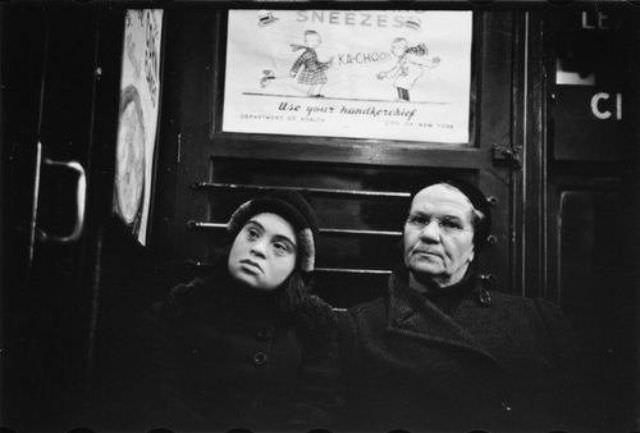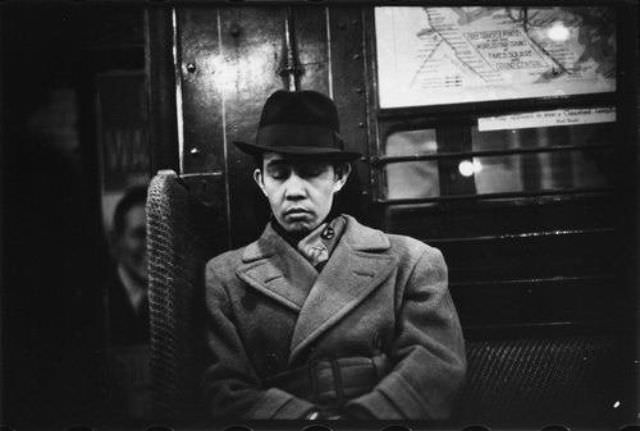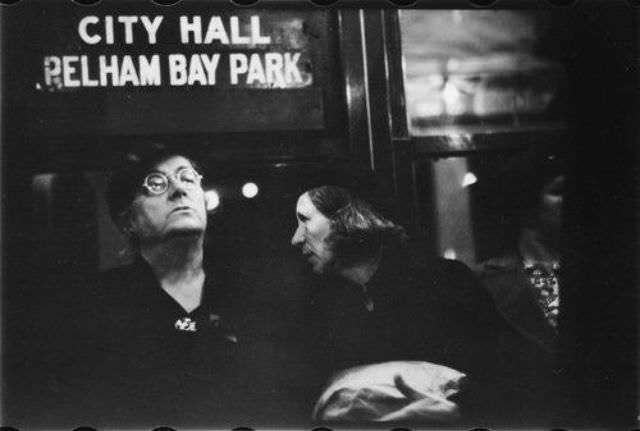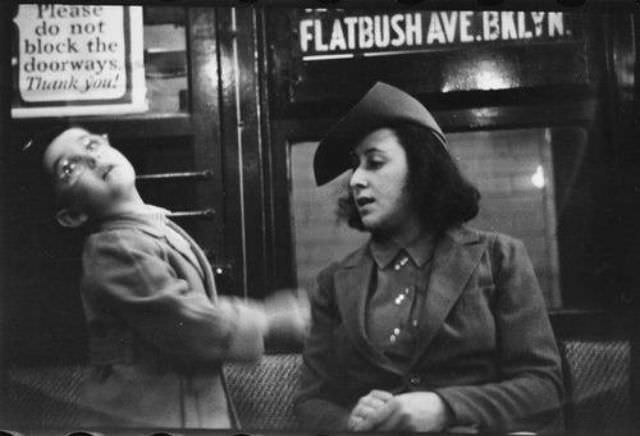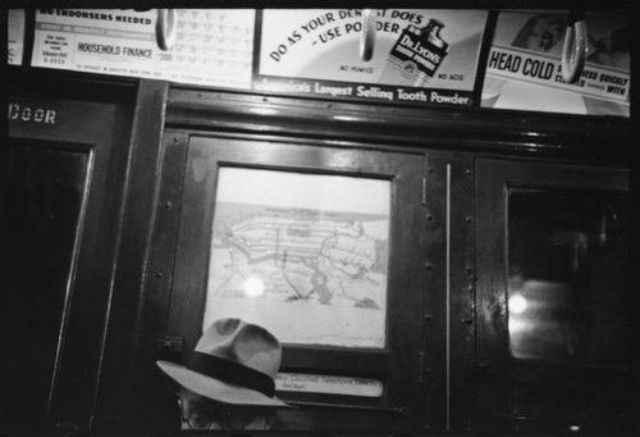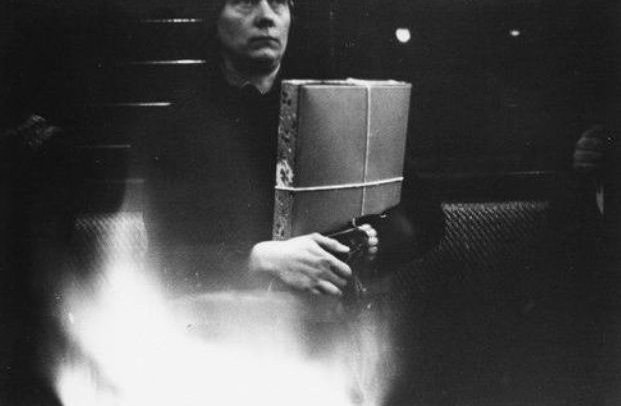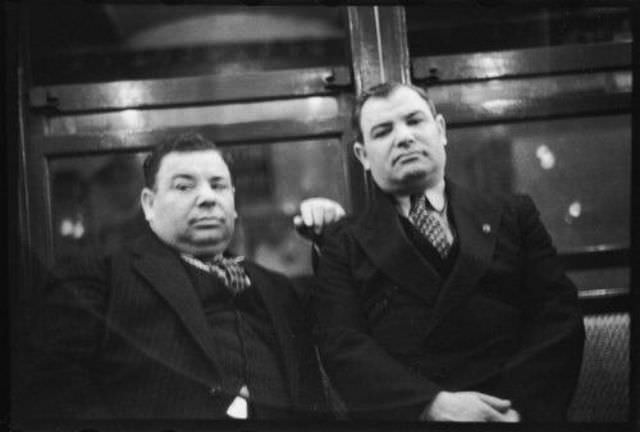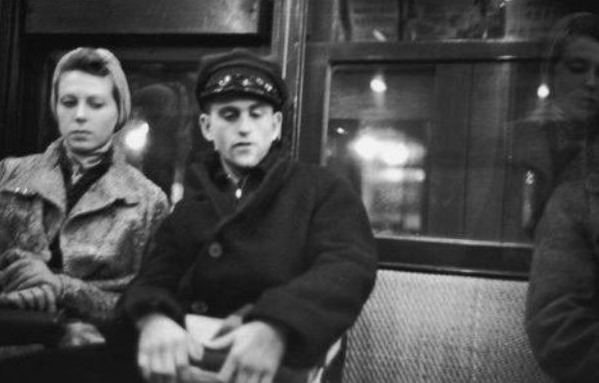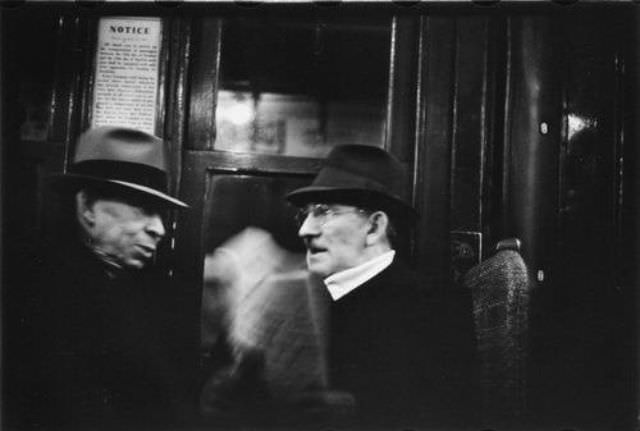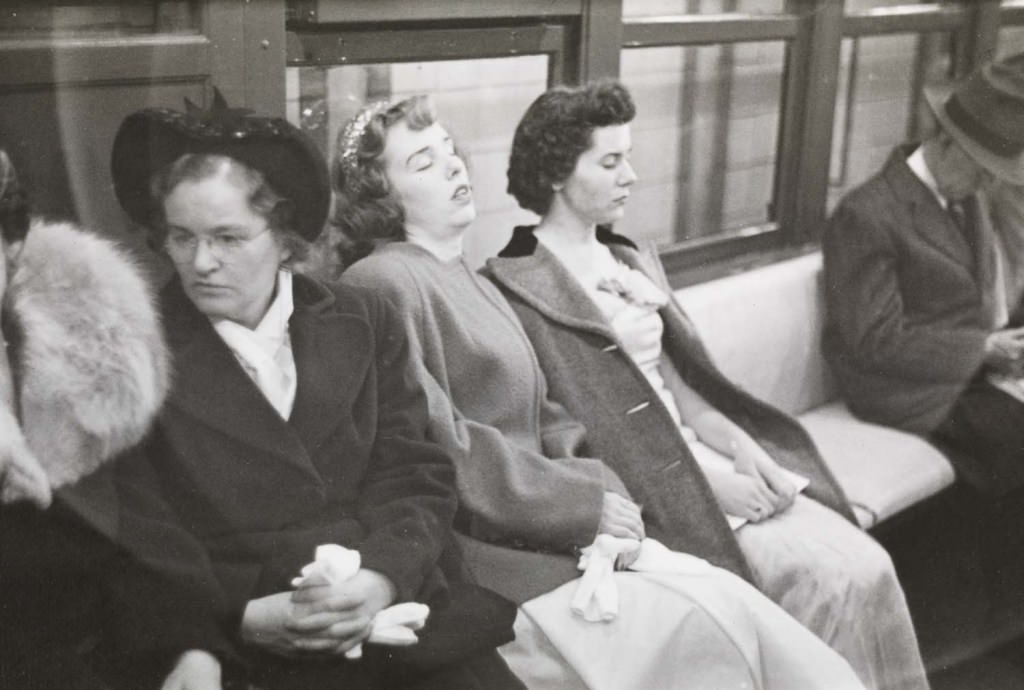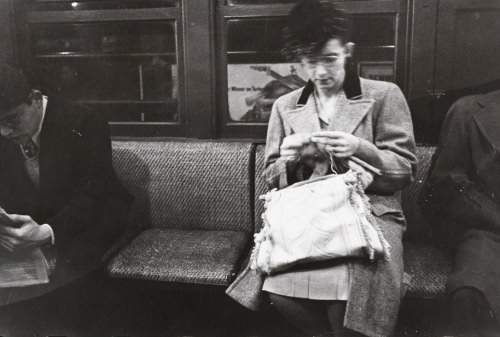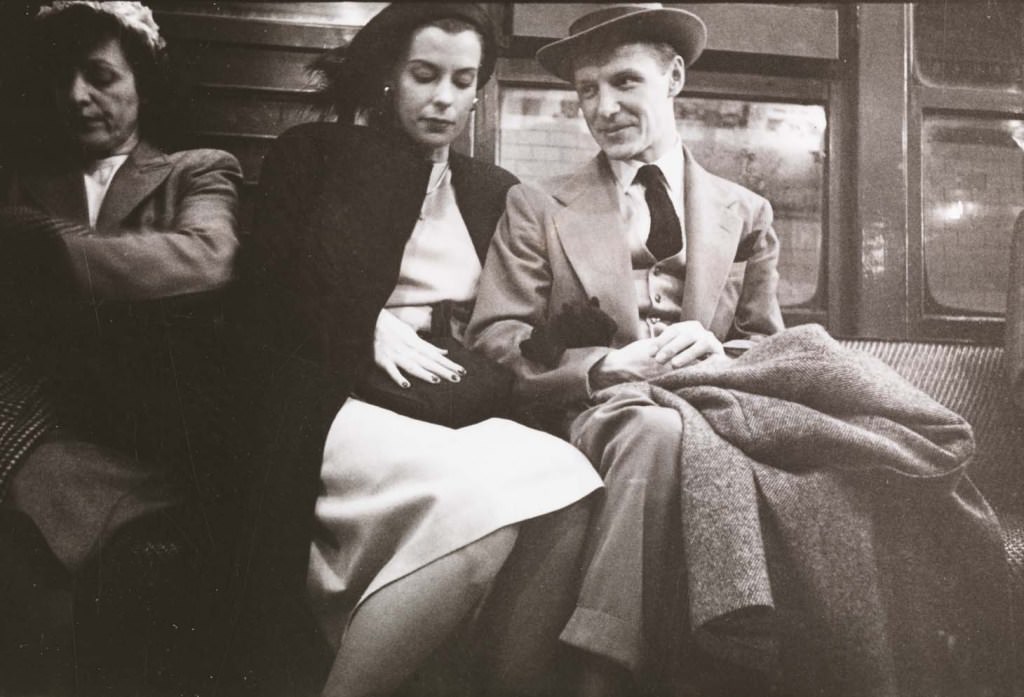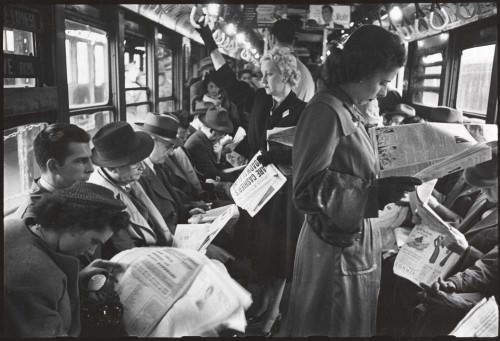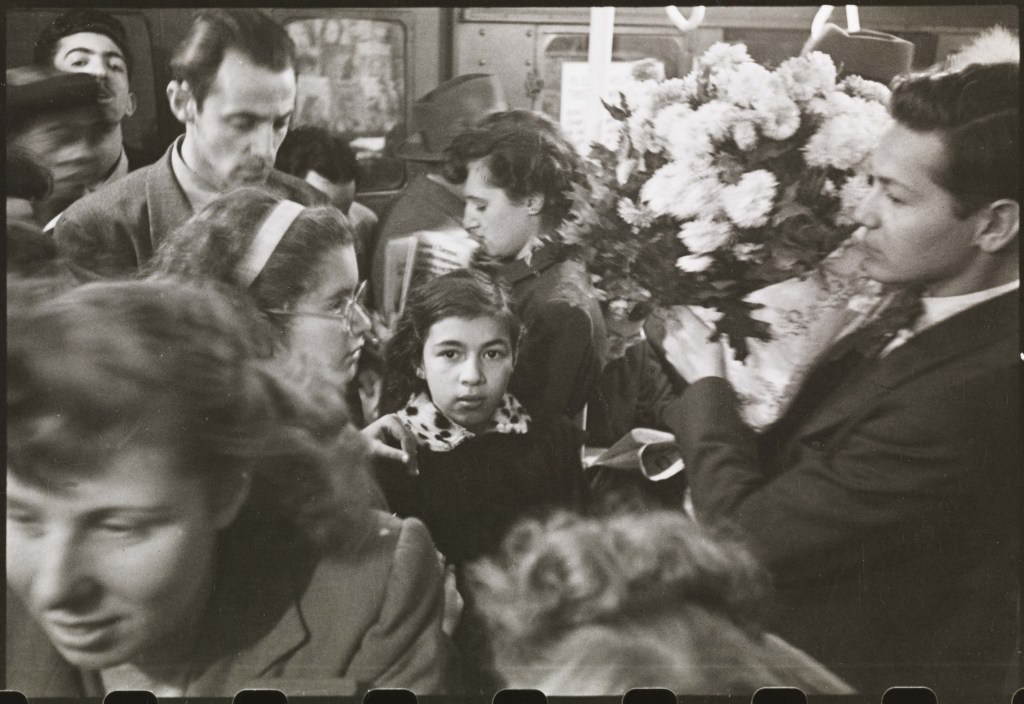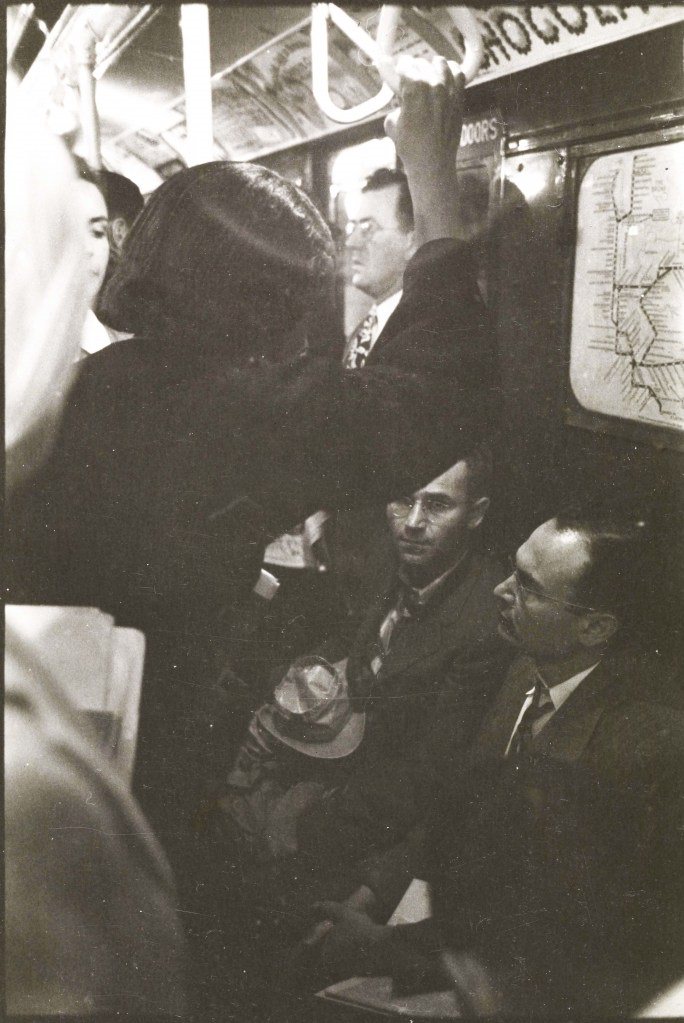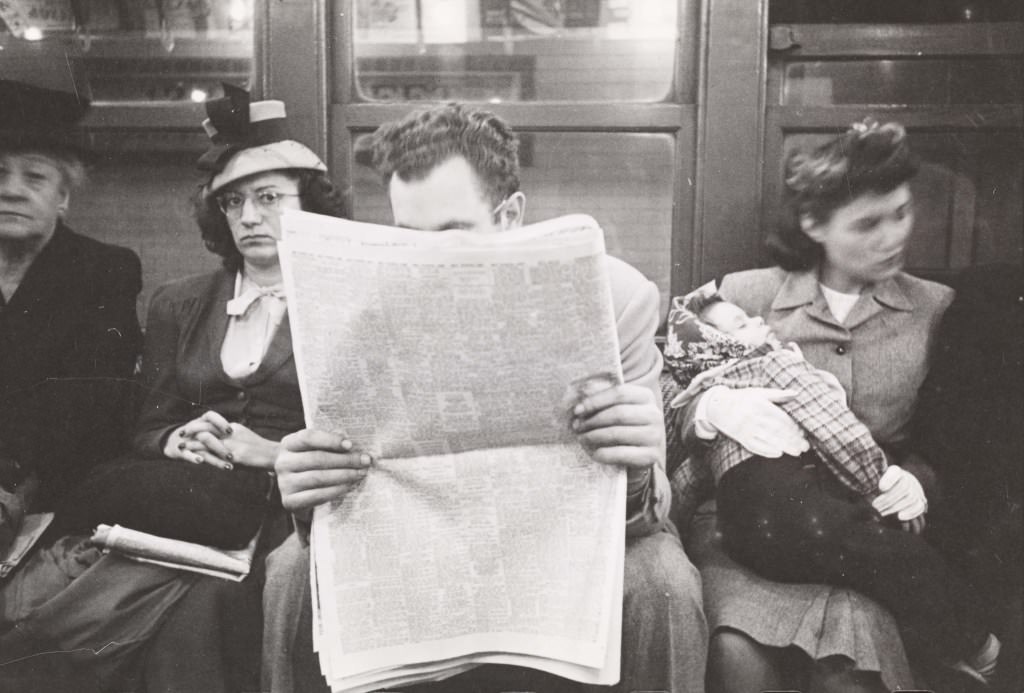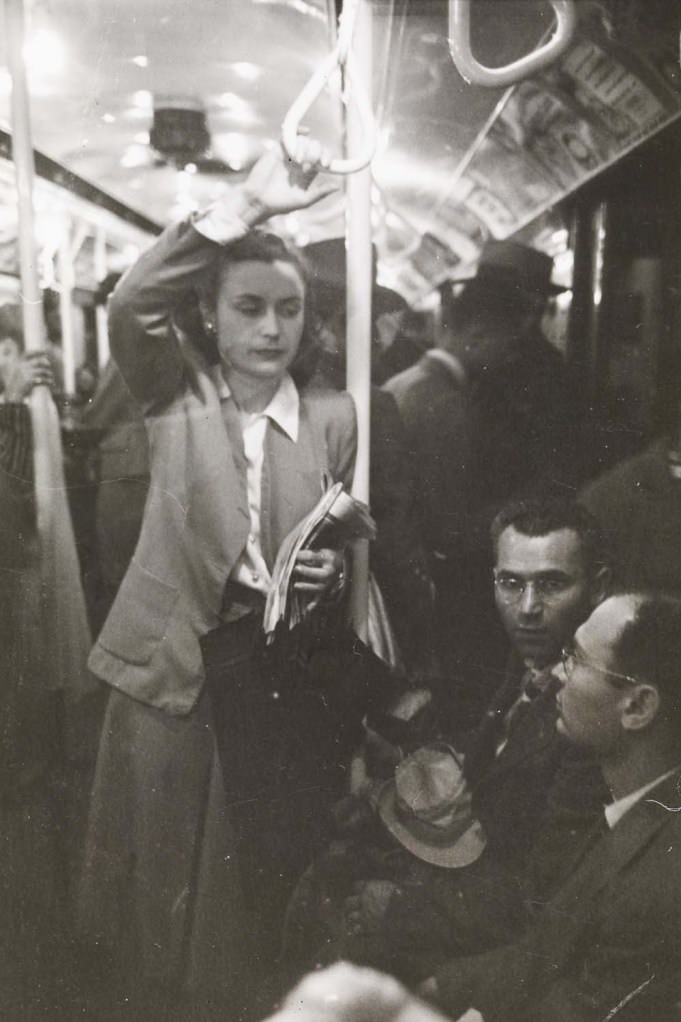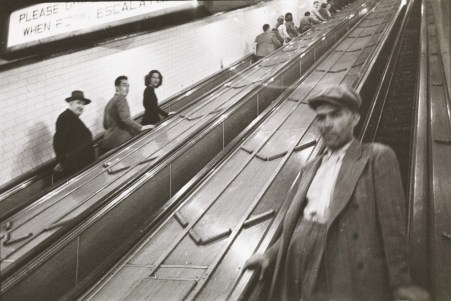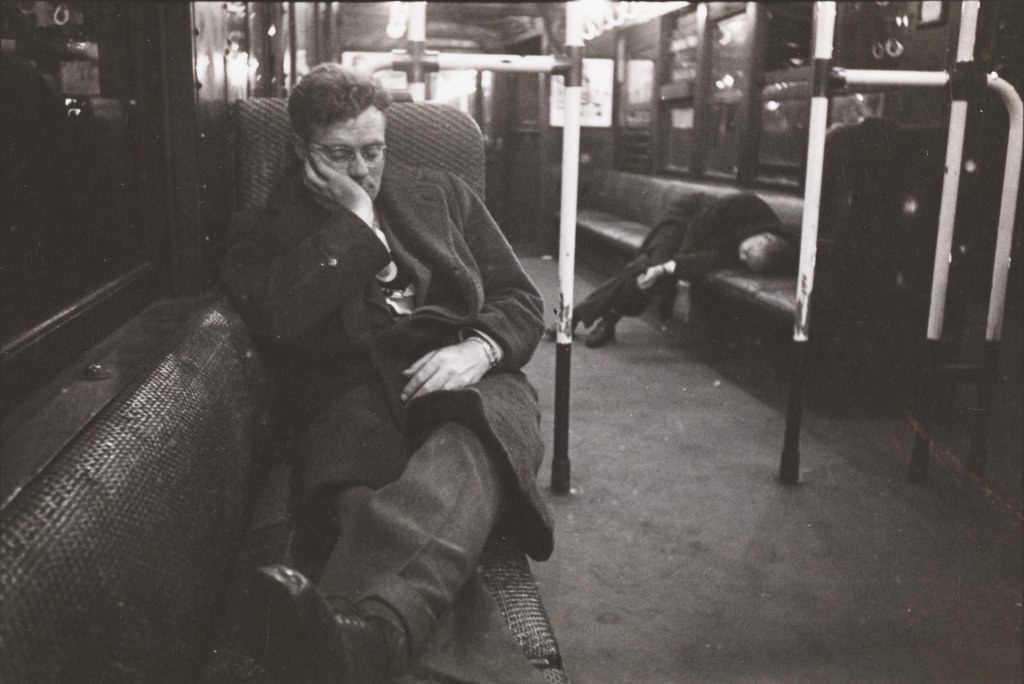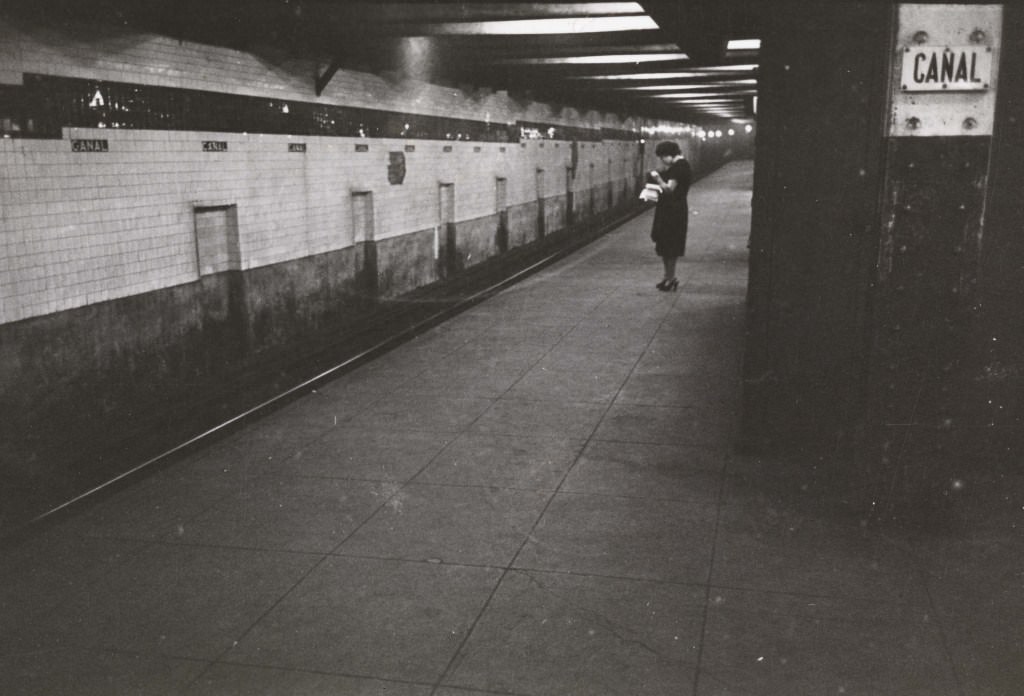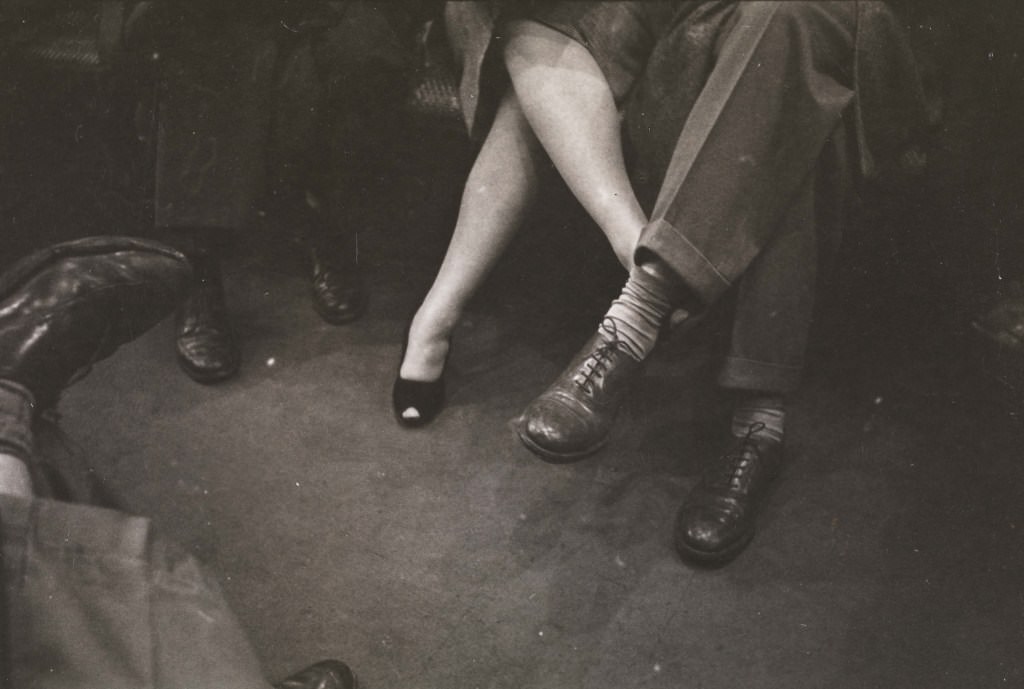In the bustling heart of New York City, the subway system was the lifeblood that kept the city moving. During the 1940s, this underground network of trains and stations was a vital part of everyday life for millions of New Yorkers. From morning commutes to late-night journeys, the subway carried a diverse array of passengers, each with their own story to tell.
As you stepped onto the platform, the air was thick with the rumble of approaching trains and the chatter of hurried conversations. The cars themselves were a tapestry of humanity, filled with a kaleidoscope of faces and personalities. Businessmen in sharp suits, laborers in work clothes, and students in crisp uniforms all jostled for position, their expressions ranging from weary resignation to eager anticipation.
The subway cars themselves were a reflection of the times. Worn wooden benches and metal poles provided the only support as the trains lurched and swayed through the tunnels. The air was heavy with the scent of coal and grease, a testament to the hard work that kept the system running. Despite the cramped conditions and occasional delays, passengers found ways to pass the time – reading newspapers, knitting, or simply observing the ever-changing cast of characters around them.
For many, the subway was more than just a mode of transportation; it was a shared experience that brought the diverse population of New York together. Strangers would strike up conversations, sharing stories and commiserating over the trials and tribulations of city life. The camaraderie forged on these underground journeys was a testament to the resilience and adaptability of New Yorkers.
The 1940s were a time of great change and upheaval, both in the city and the world at large. As the nation grappled with the challenges of World War II, the subway system remained a constant, a reliable thread that connected the disparate neighborhoods and communities of New York. Through the good times and the bad, the subway carried on, transporting passengers to their destinations and providing a shared space for the diverse tapestry of the city to come together.


